The return to school this year has been met with significant challenges. On August 15, just a few days into the first week of classes, local law enforcement was alerted to the possibility of firearms in student vehicles on the Churchill County High School campus. The following week, on August 27, the Fallon Police Department received information about a possible shooting threat at Churchill County Middle School. The very next day, a student at Numa Elementary School brought a very realistic-looking toy gun to school, prompting the third gun-related response by law enforcement in less than two weeks.
Fallon – we have a problem.
During the 2020-21 school year, the National Center for Education Statistics reported a total of 41 school-associated violent deaths in the United States, 17 of which were children between the ages of 5 and 18. The Department of Homeland Security reported over 150 shooting incidents that same year.
While our community has so far been spared the horror and tragedy of a school shooting, we have not been spared the genuine fear that comes with threats of school gun violence.
The Educator’s School Safety Network (ESSN), a national non-profit school safety organization, reported that 63.8% of violent school incidents in 2022-2023 were in response to false active shooter reports. These reports, known as “swatting,” are ultimately determined to be untrue but necessitate an immediate and severe response.
One of the most dangerous threats of violence in a school, aside from an actual active shooter, which comprises only about 7.9% of violent events, is the forced response by law enforcement and school officials. “In the heat of the moment, students and staff believed and took action as if their lives were in jeopardy,” ESSN reported. “In other words, schools and law enforcement responded as though they were in a life-or-death situation.”
Reports of active shooters and guns on campus are undeniably serious threats. When the Fallon Police Department received information about a danger identified on social media that specifically mentioned “shooting up a school,” no school was identified. However, FPD quickly determined that the middle school was the potential target, took the student into custody, and confirmed that there was no active threat to students or staff.
Often, outside federal agencies notify law enforcement of a threat. Some might believe that AI surveillance of social media is something out of a TV spy series or sci-fi movie, but they would be mistaken. All social media platforms have active government monitoring features. Even the lesser-known apps students use to avoid parental monitoring are watched. When words like "guns" or "shooting" appear in social media posts, someone somewhere is notified and responds as if the threat is imminent.
AI tools often cannot decipher a phrase’s intent. Whether a post is made in jest or not, phrases like “shoot up a school” are recognized as threats and are treated as accurate. And rightly so. Threats of gun violence, whether real or not, prompt a swift and intense response from law enforcement and could have devastating consequences.
A toy gun, like the one brought by a student to Numa Elementary, is no different in its potential to cause alarm. Just because recent threats have not been real does not mean the next one won’t be.
Law enforcement, school staff, and AI can only do so much. Parents must have ongoing conversations with their children. We must convey the dangers not only of guns but also of making false reports about guns at school. Children need to understand that they put themselves and their peers in harm’s way by bringing a toy gun to school.
These things may seem obvious for adults, such as “Don’t say ‘bomb’ in an airport” and “Don’t yell ‘fire’ in a crowded building.” However, kids may not understand these age-old warnings or the gravity of their words when related to threats of violence, whether spoken at school or posted on social media. Schools and law enforcement agencies have a gun threat zero-tolerance policy as they must.
Please take a moment to share the recent incidents at our schools with your children. Talk about the power of their words, especially when posted online. Explain the potential consequences of making a false report, which could lead to a real tragedy. And please instruct them not to bring that cool new toy gun they got at the Cantaloupe Festival or anything that resembles any weapon to school.


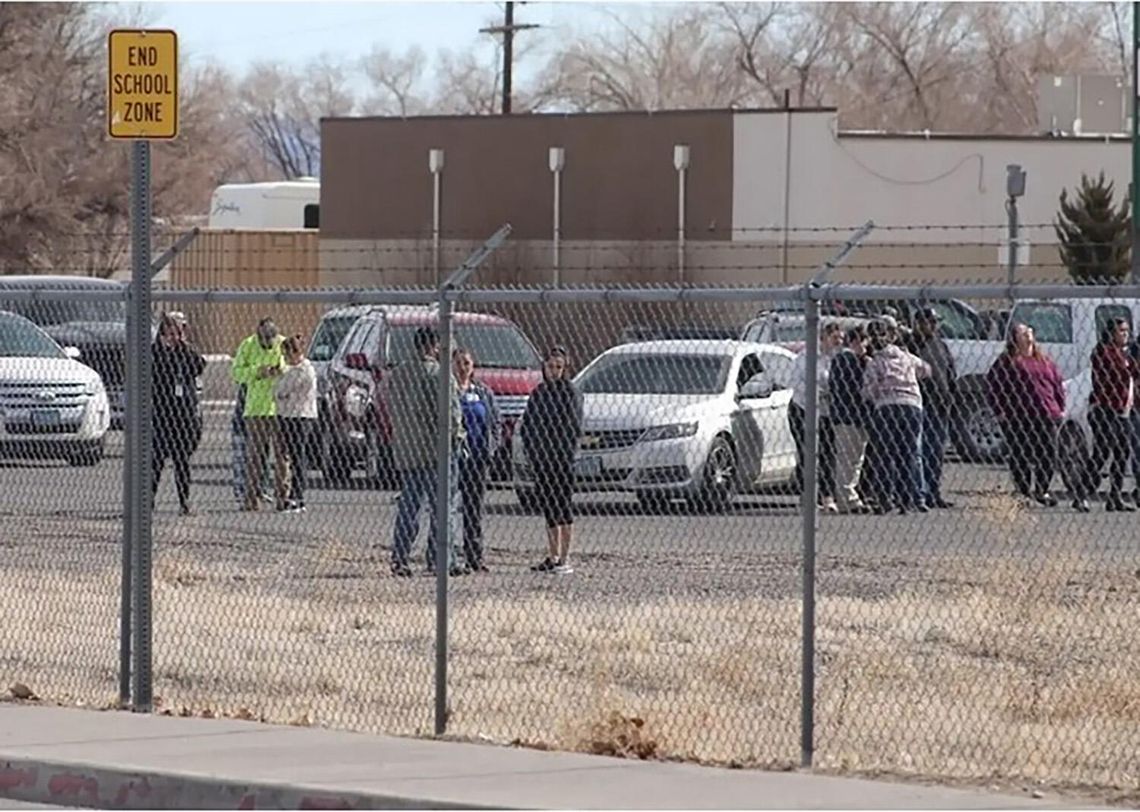
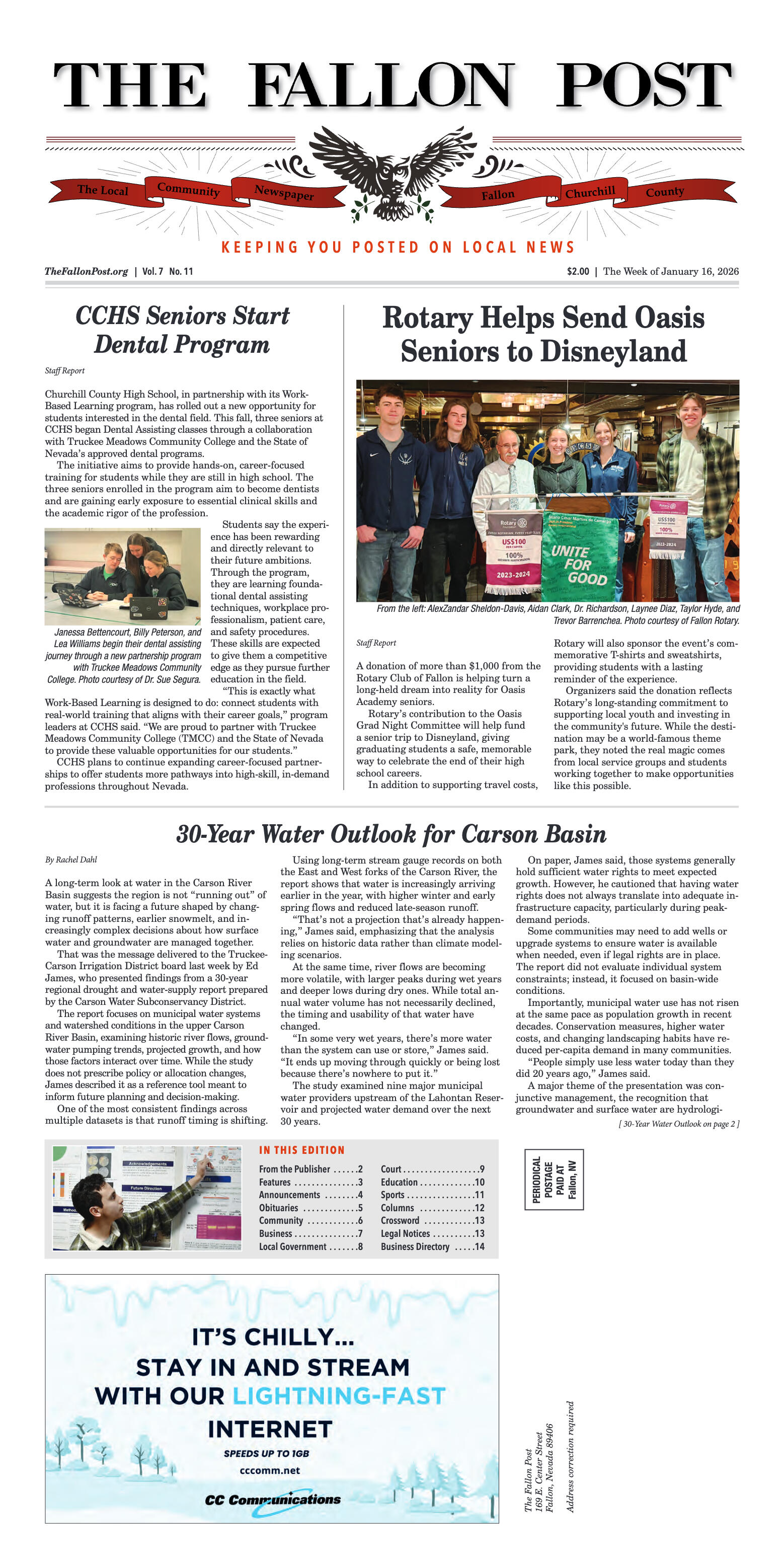
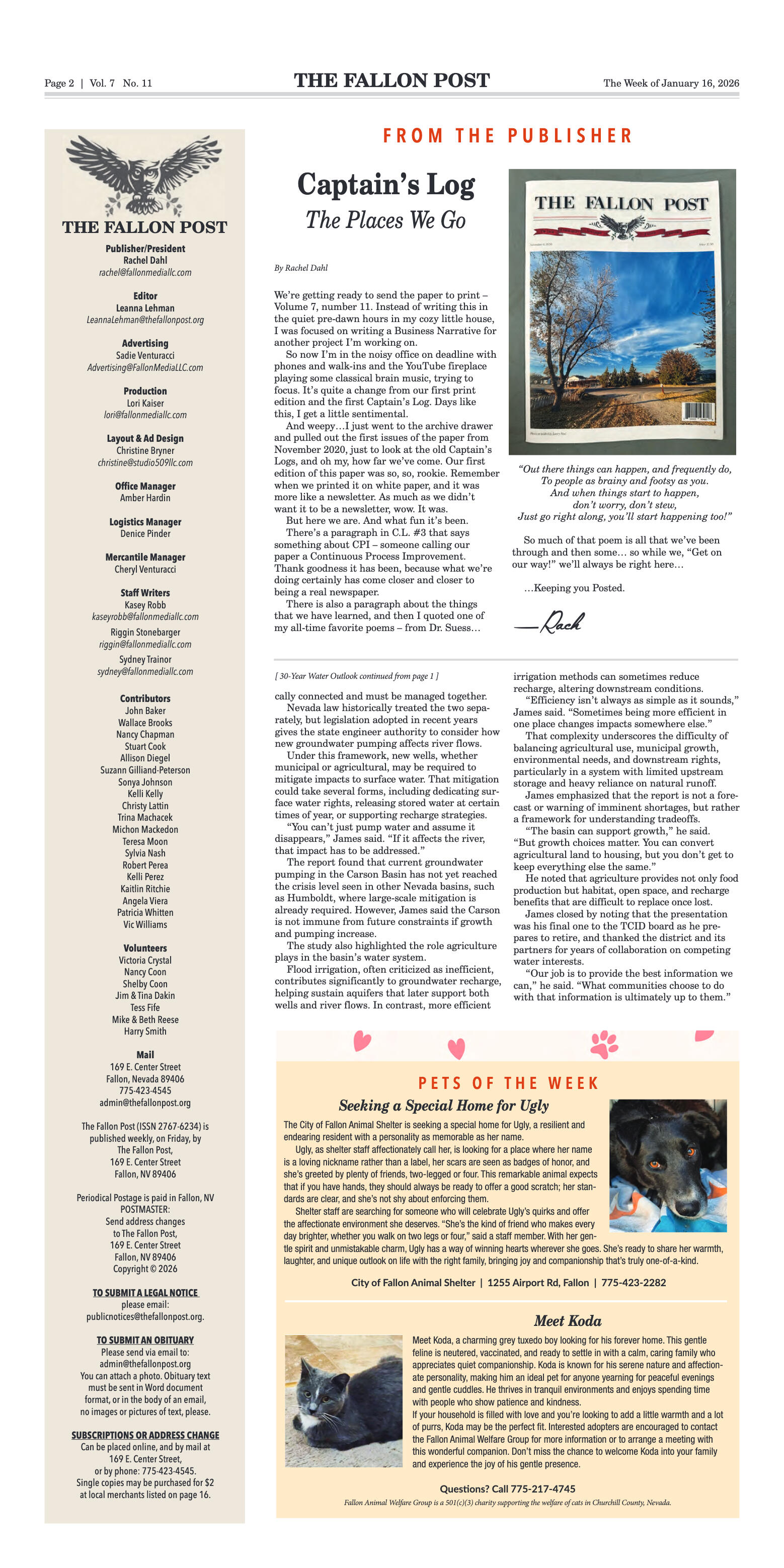
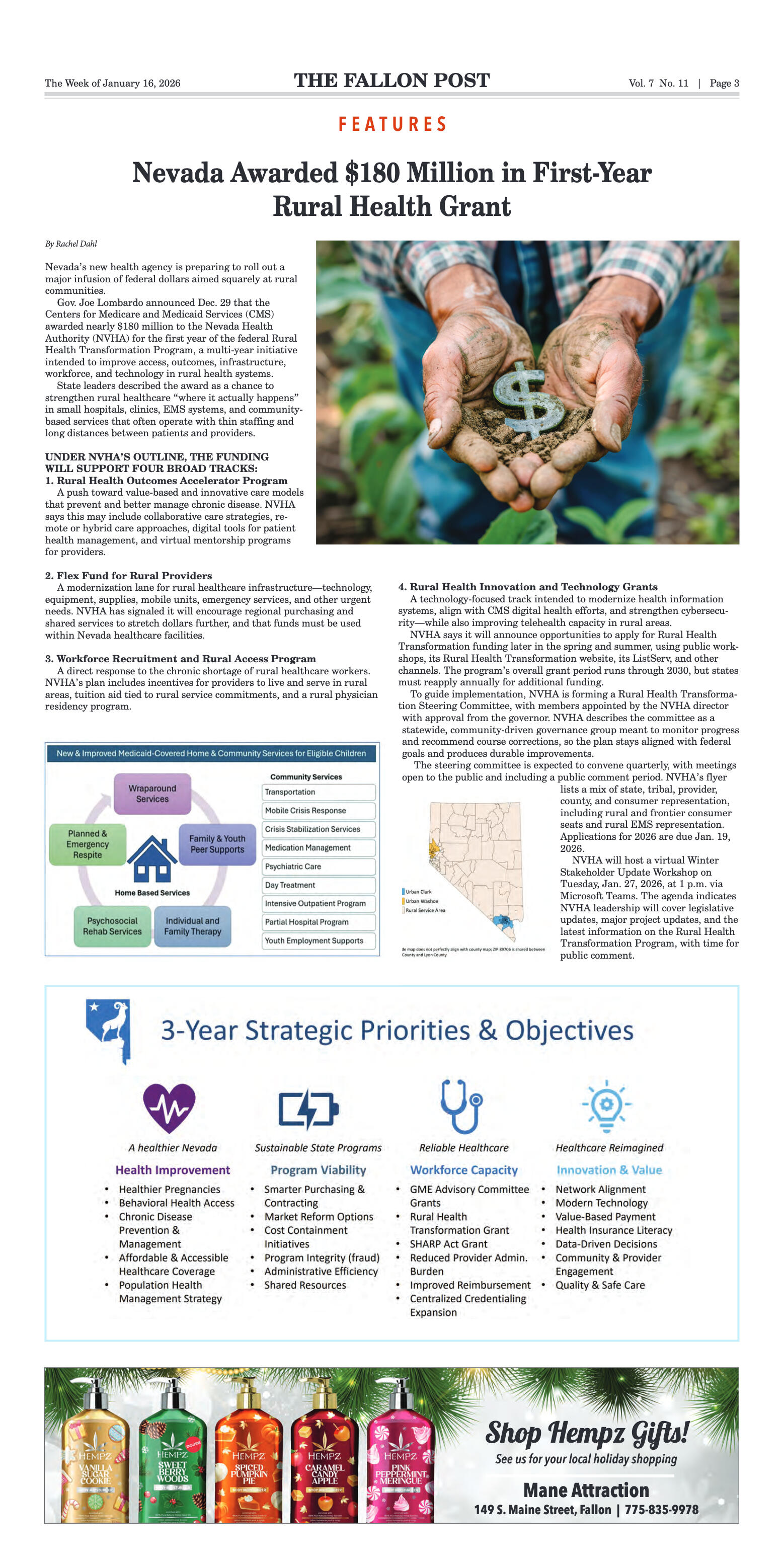
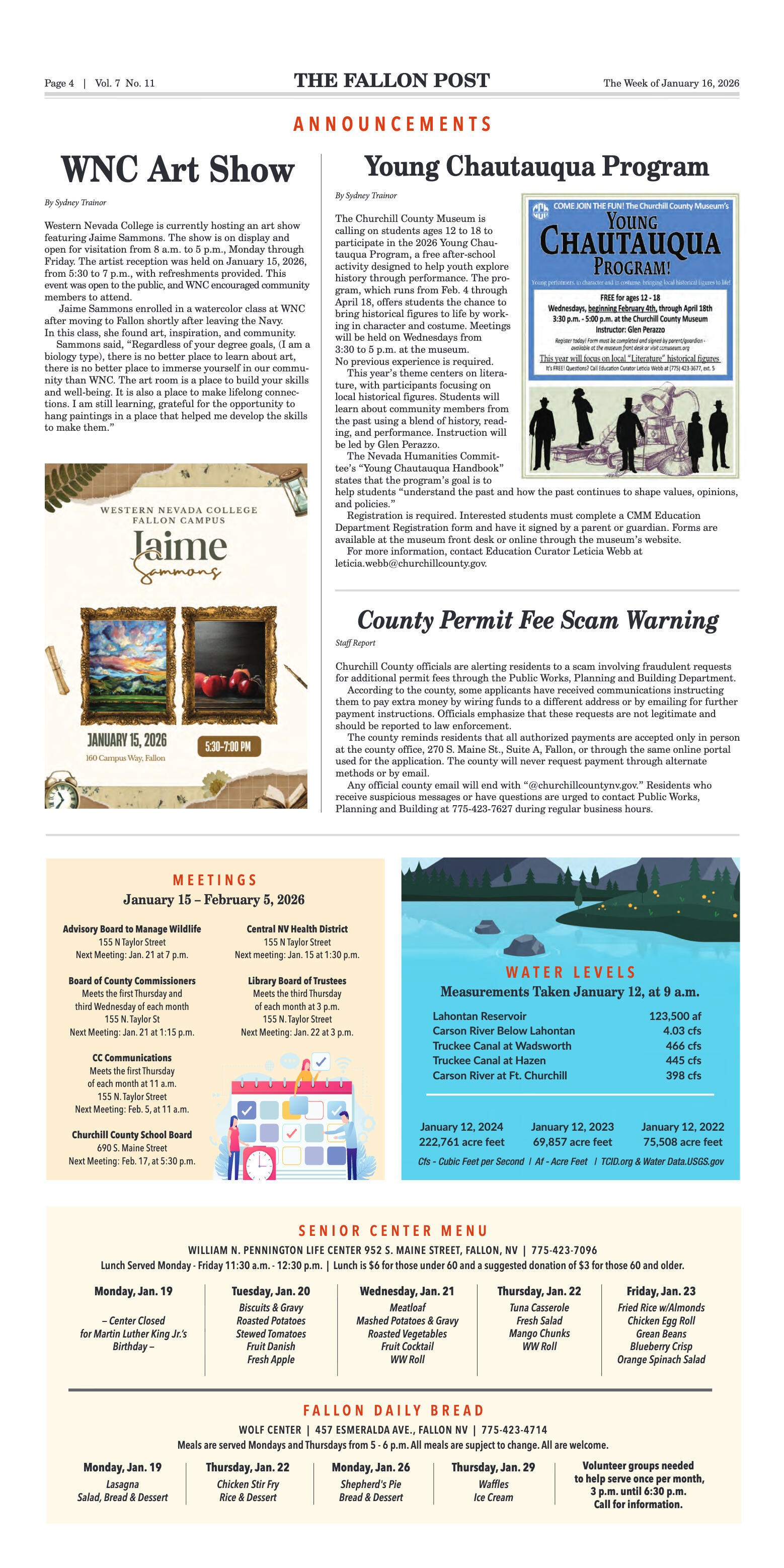


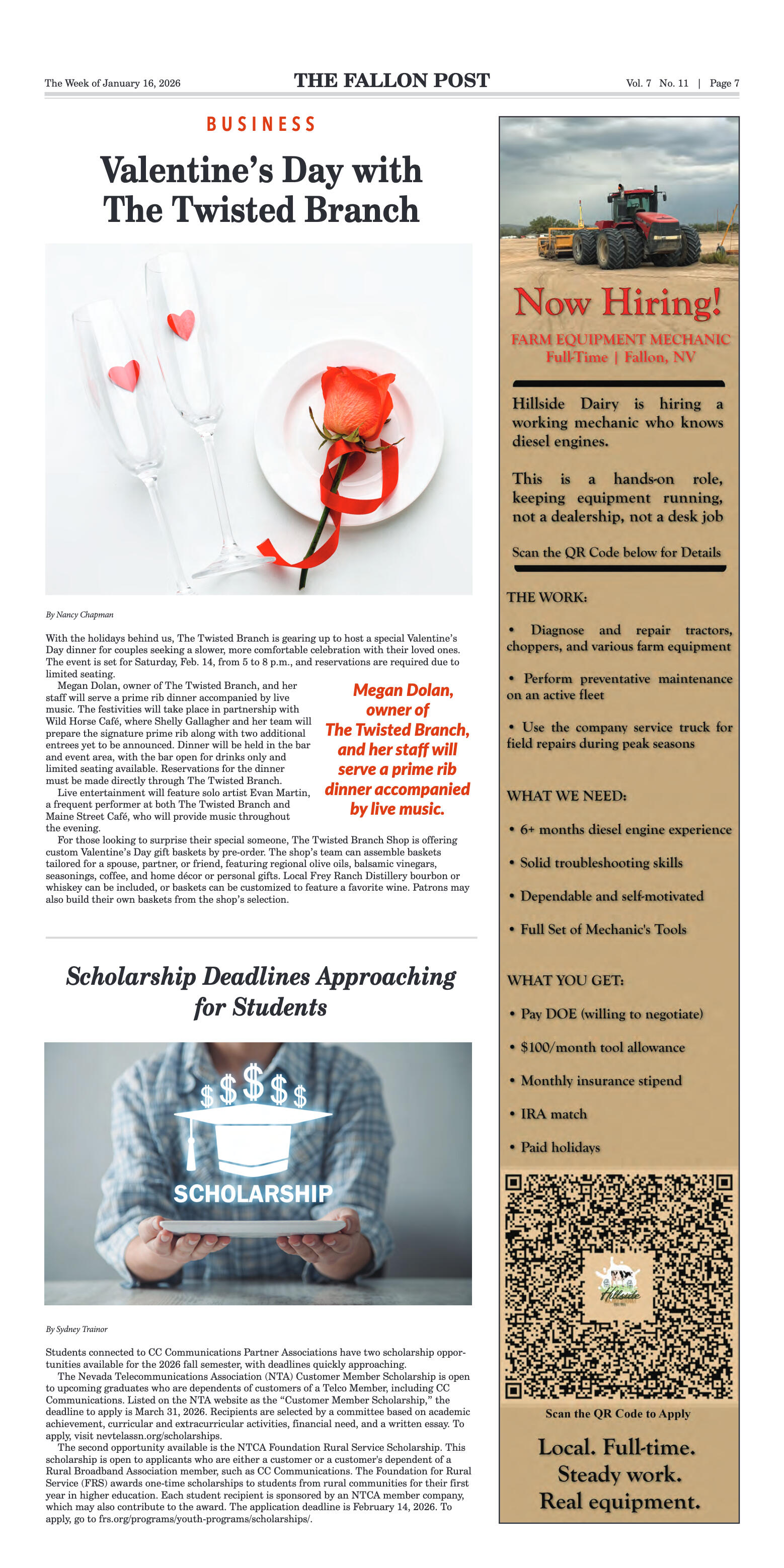
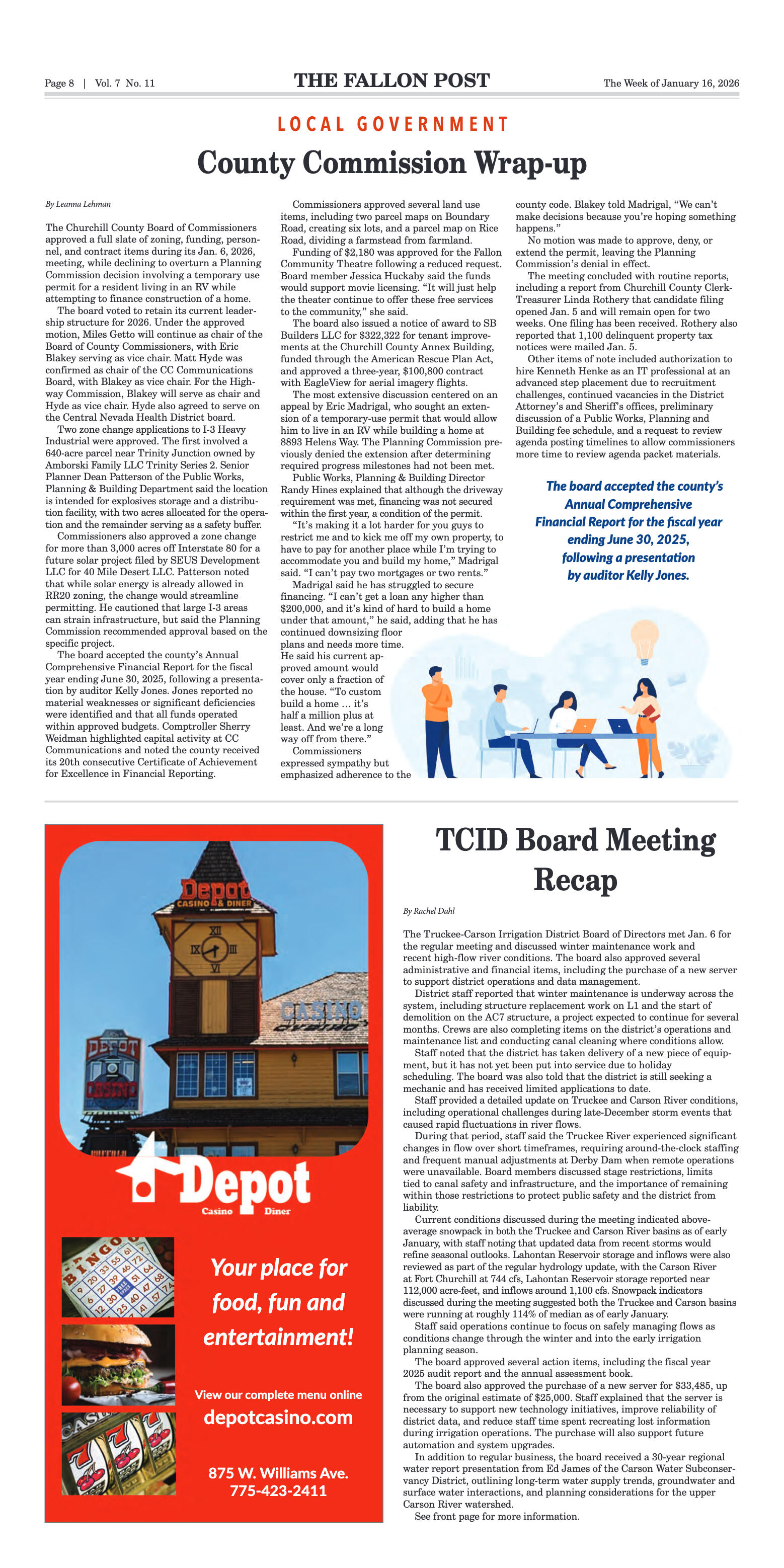
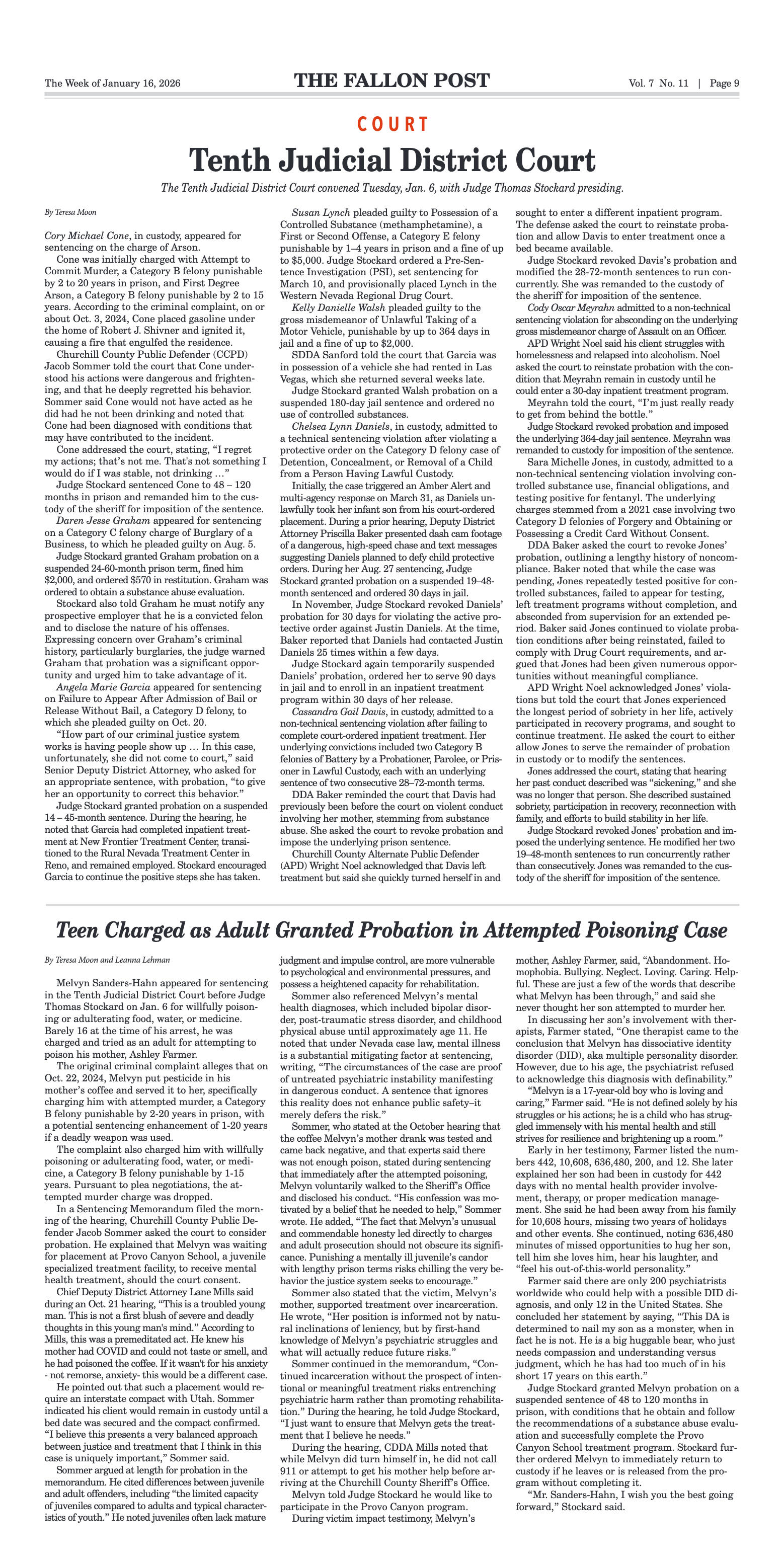
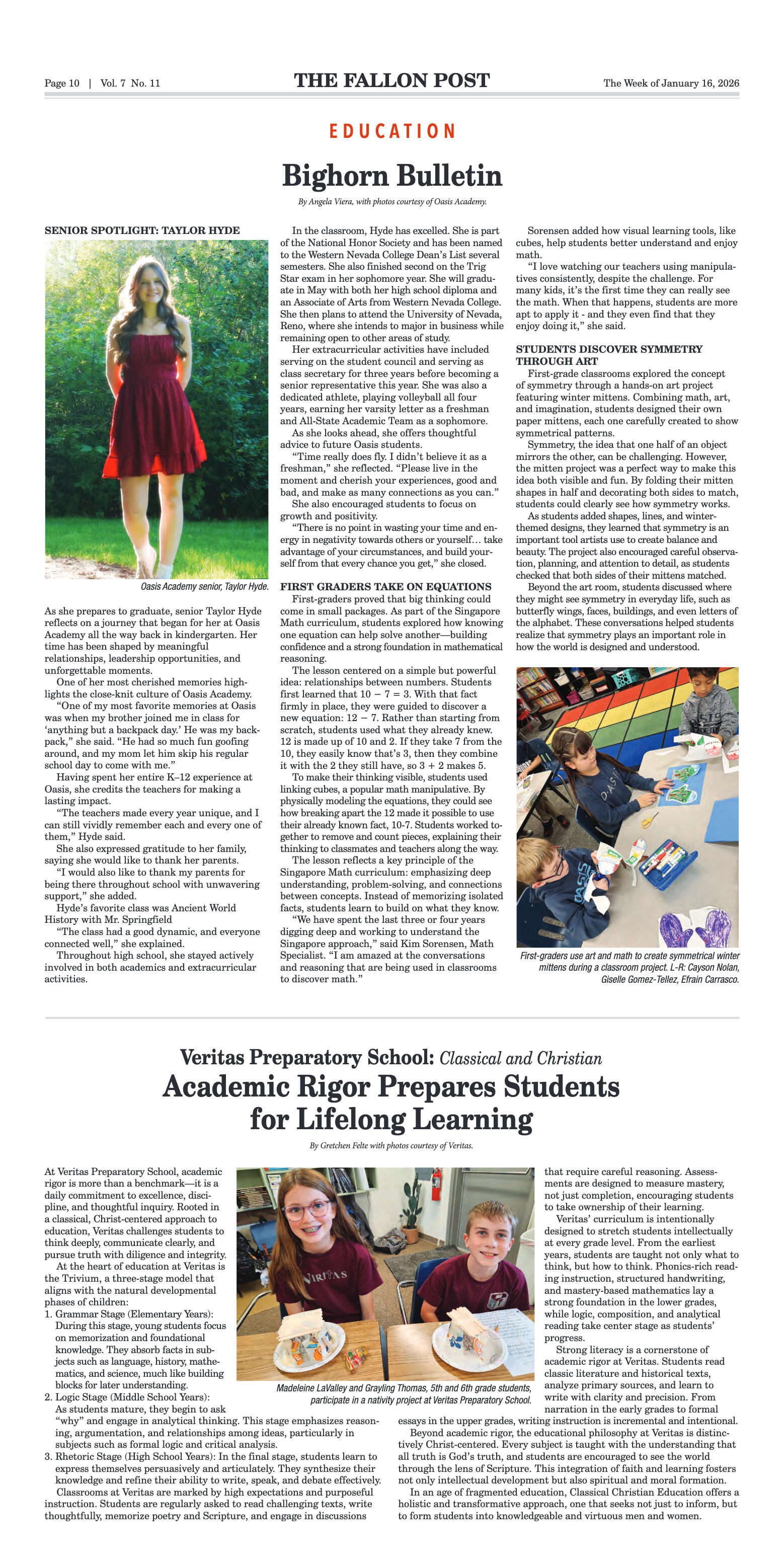
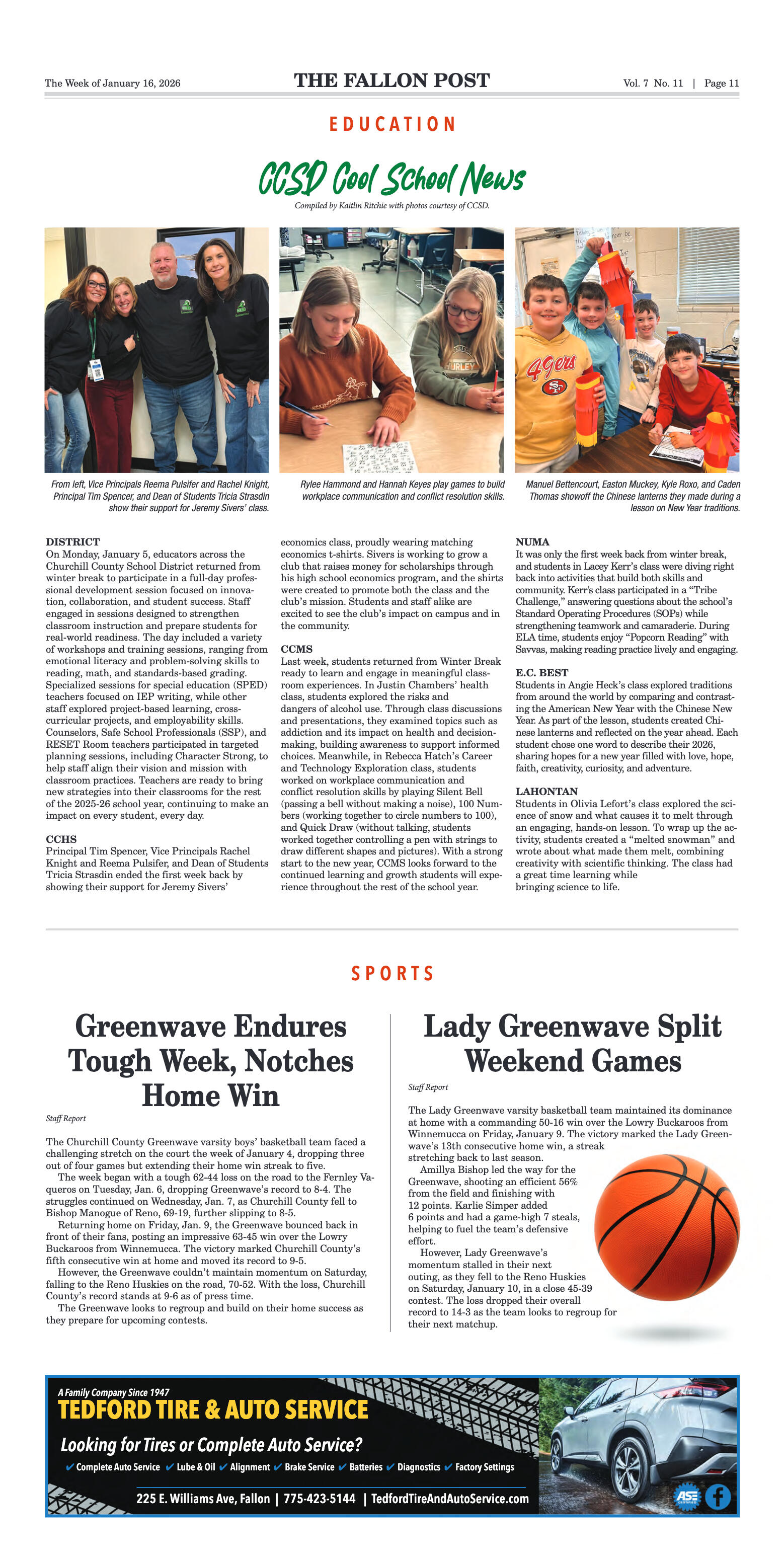

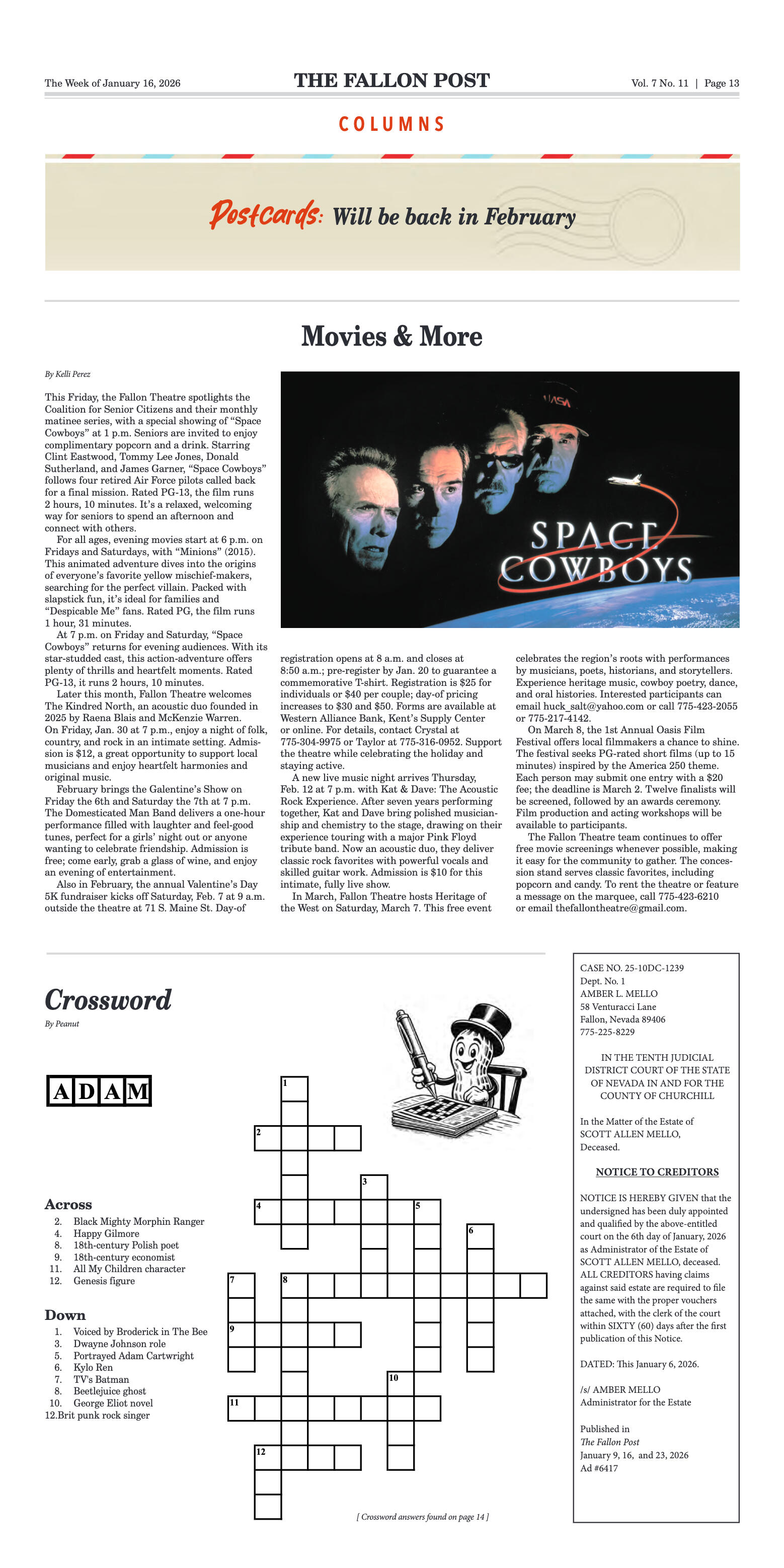
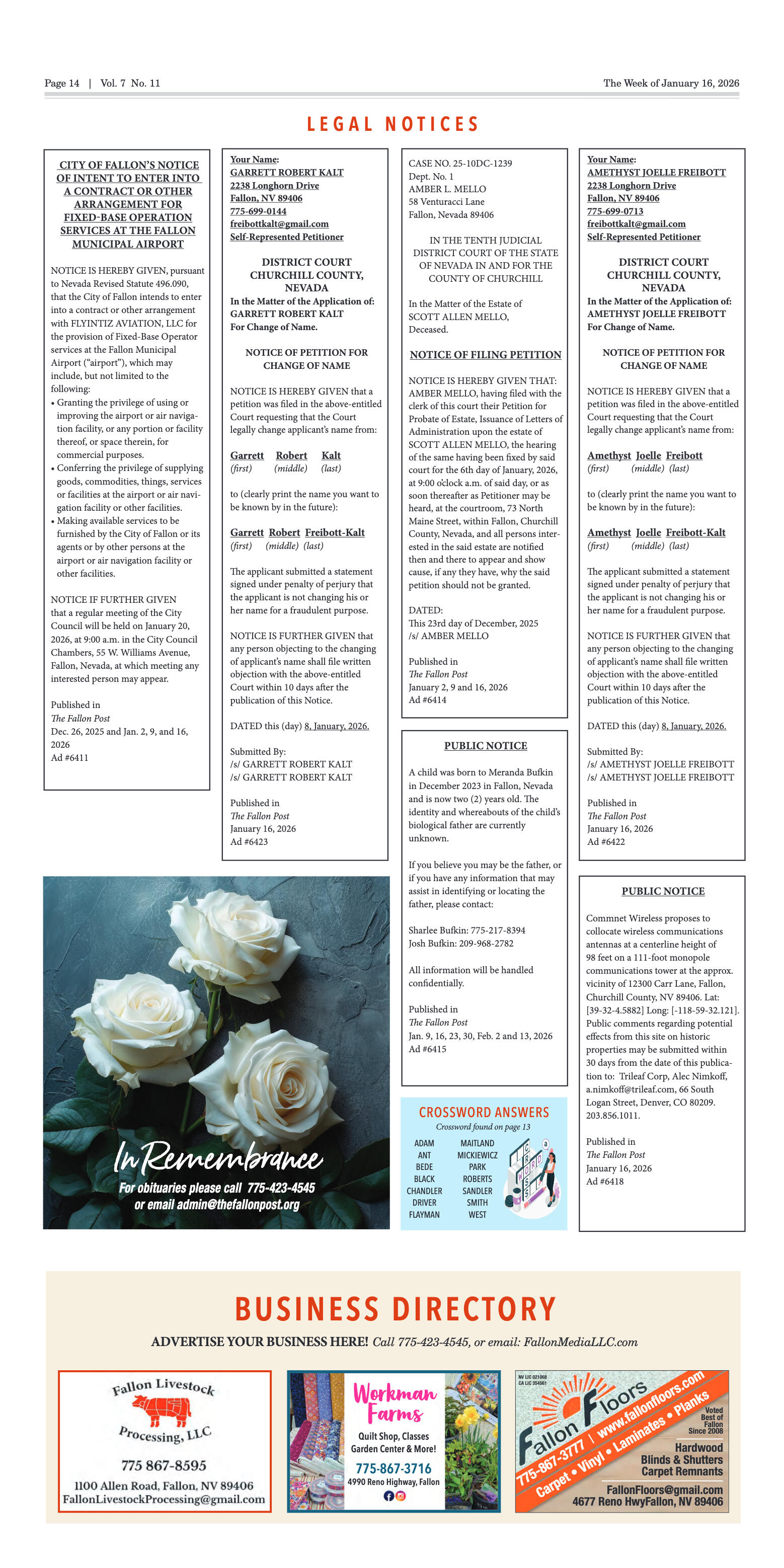
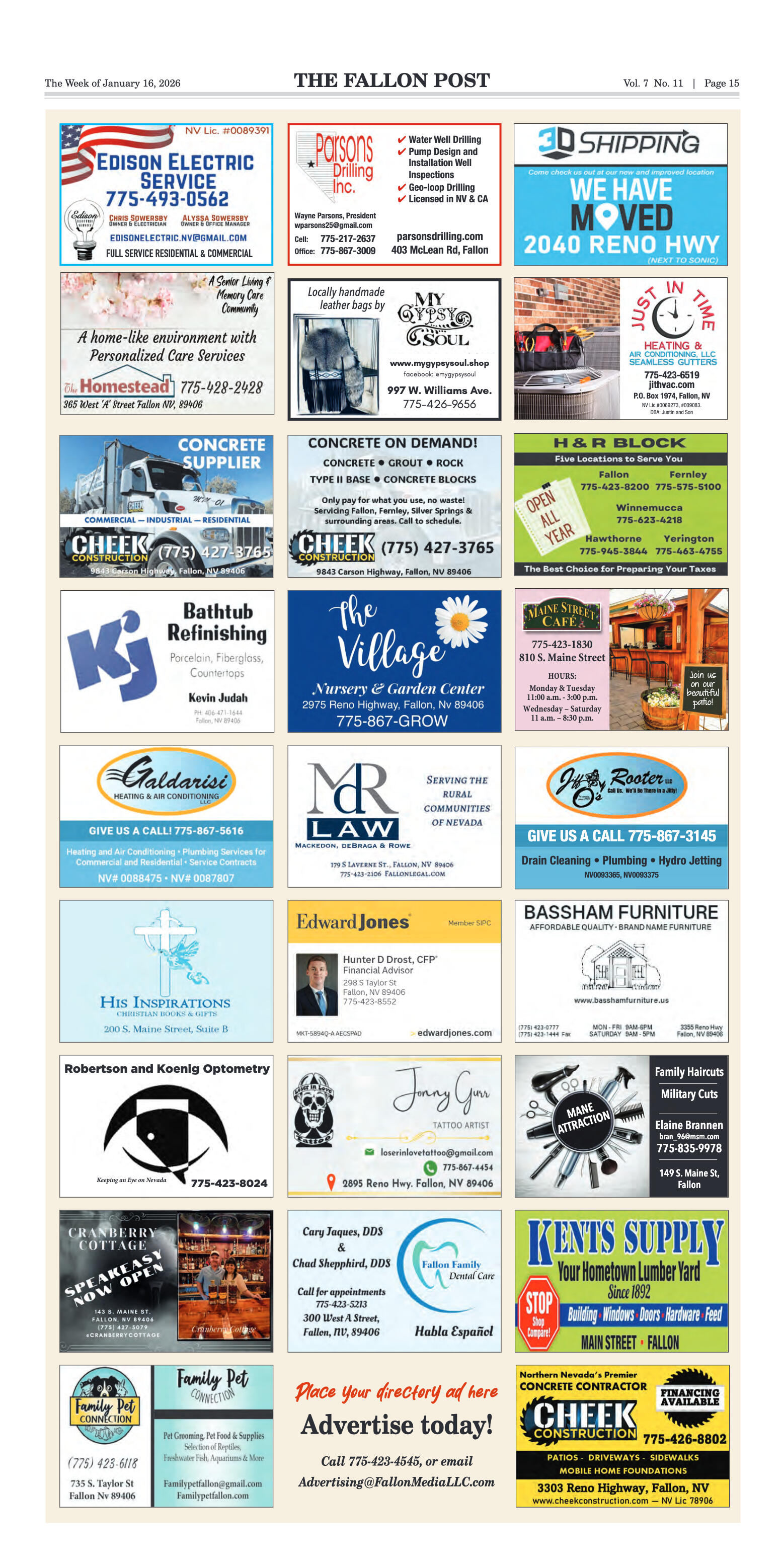



















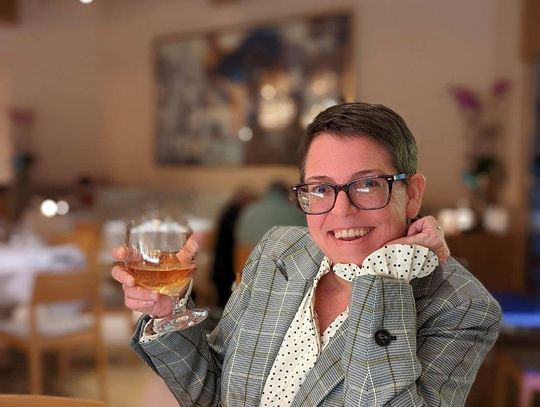

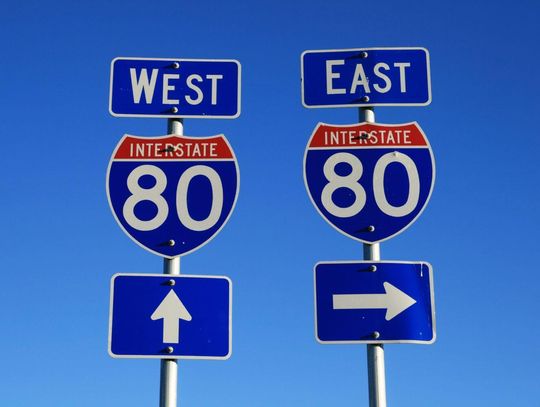

Comment
Comments